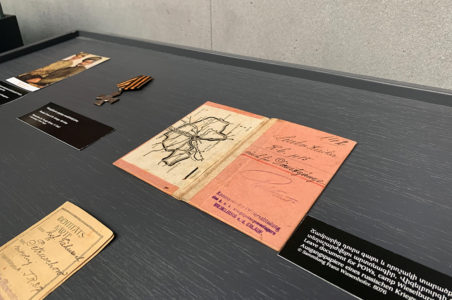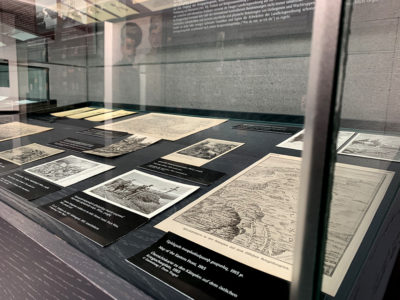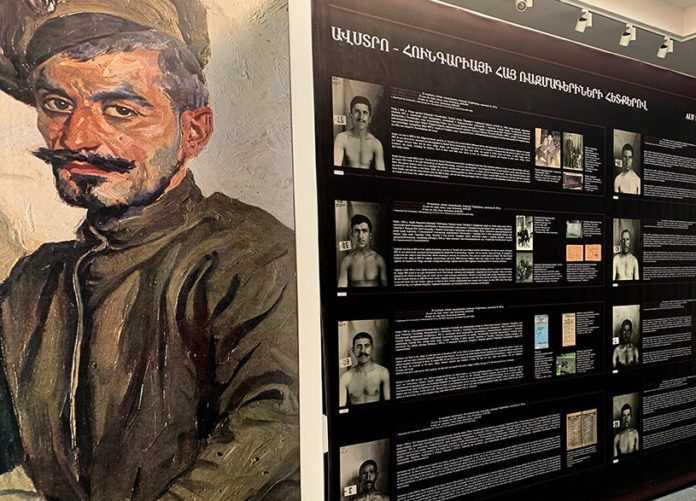YEREVAN (Public Radio of Armenia) — A new trilingual (Armenian, English, German) exhibition on “Far from the Fatherland, in the Fatherland: Fates of Armenian Soldiers in World War I” opened at the Armenian Genocide Museum-Institute (AGMI) on August 31.
Welcoming speeches will be delivered by Dr. Harutyun Marutyan, the Director of the Armenian Genocide Museum-Institute Foundation, Assoc. Prof. Dr. Jasmine Dum-Tragut, the author of the exhibition, Armenian studies scholar, the Head of the Center for the Study of the Christian East at the University of Salzburg, as well as Alfred Bratranek, the representative from the Austrian Embassy (residence in Vienna).

The opening ceremony will be attended by the descendants of the POWs, guests, state officials, diplomats, academics, journalists and other guests from Armenia and Austria as well.
The exhibition consists of two main headings; Tracing Armenian Prisoners of War from Austria-Hungary and Far from the Fatherland, with No Return, as well as, 10 auxiliary headlines: World War One: Reasons and Consequences, Millions in the Enemy’s Hands, POW Camps in Austria-Hungary: Barack Towns, Work and Employment, Illness and Death, Freedom and Return to the Fatherland, Rudolf Pöch and Anthropological Research, Carrying Out the Anthropological Research, Phonogram (Sound) Recordings, Rudolf Pöch and Armenians.
The exhibition is equipped with unique archival photos, videos and exhibits, through which and through accompanying explanatory texts an attempt is made to reveal the unusual life of the soldiers. Soldiers’ songs and poems of 100 years old are an important part of the exhibition. Protocol of POW Arshak Manukyan’s phonogram recording is especially touching. It tells: An Armenian born in Ltsen, lived in Yekaterinoslav, 30 years old, by profession confectioner, recites and sings the Armenian folk song The Armenian Crane. Arshak labeled this song as “The bird of an unfortunate POW” 15.08.1915.
Visitors will be able to listen to the above mentioned and other recordings through headsets.









